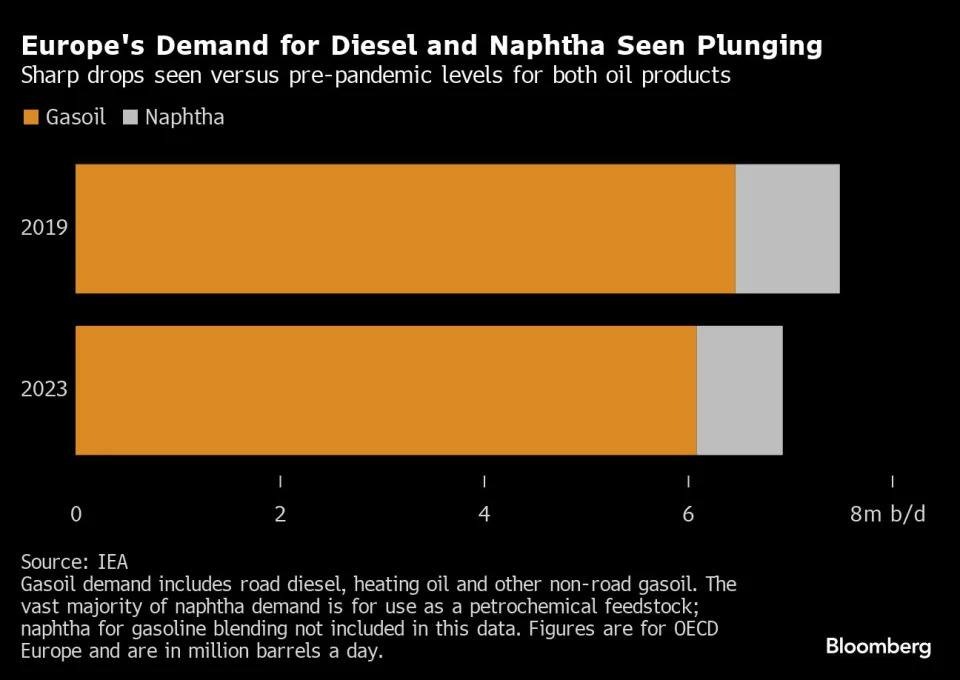Daniel Woolfson
Sun, 5 November 2023

Savile Row business leaders call for the return of VAT-free shopping to the UK
Savile Row has a long association with the Tory Party: Sir Winston Churchill kept an account at Henry Poole & Co until a row over an unpaid bill in 1937 ended the association, while more recently David Cameron was known for his penchant for Richard James suits.
Yet the Conservatives were persona non grata on the storied tailoring street last week.
Fifty or so luxury business chiefs gathered on Savile Row in the spitting rain to protest against Rishi Sunak’s tourist tax. None had good words to say about the current government.
“I don’t quite understand why the Treasury doesn’t seem to be able to explain why this is such a good idea that everyone’s losing money all over the country,” says Kiki McDonough, the founder of the eponymous jewellery chain, whose earrings typically cost upwards of £4,000.
“I mean, seriously, how out of touch do you have to be?”
The throng, which included the longstanding Tory donor and hotelier Sir Rocco Forte, were there to call for the return of VAT-free shopping to the UK.
Retailers ranging from clothing brands to jewellery makers have been up in arms since the perk was axed by Mr Sunak when he was Chancellor of the Exchequer in 2021.
Tax-free shopping is still available in Europe and business chiefs argue the loss of VAT-free shopping has damaged the UK’s status as a global destination.
Anda Rowland, director of the Savile Row tailor Anderson & Sheppard, which has clothed Cary Grant and Fred Astaire among others, says: “The idea that this is not a discretionary spend, that customers aren’t going to shop around, is just nonsense. If they can find something similar or the same, and get 20pc off, they will. And people who lose out in the long term are going to be British businesses and jobs.”
It is a particular bugbear of the luxury industry, where the VAT tax break was more attractive to buyers given the high prices of goods.

Harrods boss Michael Ward is among those that have pushed back against VAT charges on tourists' purchases - REUTERS/Henry Nicholls
More than 400 senior executives have added their names to a campaign to abolish the tourist tax and the chiefs of Harrods, Harvey Nichols and Burberry, among others, have all spoken out against the policy.
However, Caroline Rush, managing director of the British Fashion Council, says it’s not just major retailers suffering.
She says: “They think that it’s a luxury tax for the big business, but actually, it’s the independents that rely on the international tourists, and some of their biggest customers that just aren’t coming to London or aren’t shopping in London.”
Outwardly at least, the Government has largely refused to budge on the issue, despite mounting pressure. “Rishi is still privately insisting this is primarily a problem for a few luxury retailers in the West End,” says an industry source.
However, there are signs that Mr Sunak’s position may be softening.
Business Secretary Kemi Badenoch was in Japan a fortnight ago to promote British luxury brands in Tokyo and to attend the G7 Trade Summit in Osaka.
Her agenda in Tokyo also included exploring how the Japanese duty-free system works. She is understood to have been impressed by Japan’s approach to tax-free shopping.

Business Secretary Kemi Badenoch used her recent trip to Japan to explores the country's approach to tax-free shopping
In Japan, travellers can qualify for tax-free shopping as long as they are in the country for no longer than six months and if the items they buy cost above a certain price.
Retailers have to obtain a special licence to sell tax-free goods and confirm that their customers meet certain requirements. In those stores that do offer tax-free shopping, the tax is either deducted from the purchase price at the tills or can be refunded at a dedicated tax-free counter.
Tourists have to present their passport upon sale.
While the ‘tourist tax’ is ultimately a matter for the Treasury, Badenoch, who is the bookies’ favourite to be the next Conservative Party leader, is taking a proactive role in examining alternatives.
She told The Telegraph last week: “What I can do is look at options for what a new system could look like if the Treasury ever made the decision to switch it back on.”
Japan’s system is not without its issues: the country is currently considering whether it should reform the scheme to combat a rise in tax-free items being sold for a mark up outside of the country.
Still, news that a senior minister is at least considering what a potential new approach could look like will be greeted positively by the retail industry.
The Treasury has insisted that restoring VAT-free shopping is too expensive and would come at a cost of around £2bn a year at a time when the Government is trying to pay down the nation’s debts.
It has pointed to the examples of Canada and New Zealand, which do not offer VAT-free shopping, and the USA, which does not on a country-wide basis, but are all popular tourist destinations nonetheless.
Since VAT-free shopping was done away with, figures show that tourism itself has risen but the amount of money spent at British tills has dwindled.
Visits to the UK from the US rose by 17pc in the second quarter of 2023 compared to 2019, but the amount of cash they spent in the West End of London fell by 1pc. Over the same period, spending by American tourists in France rose by 183pc and 174pc in Spain.
Middle Eastern shoppers, once a lucrative source of income for the West End, have also cut their spending in the capital.
Non-UK visitors can still access VAT-free shopping if they have the products sent directly to their overseas address, but retailers say this is not as popular as being able to take the clothes away with them.
“The whole idea of having a great time in London, ordering some things, having a wonderful time, picking them up, wearing them to restaurants... that’s gone,” says Rowland.
Whether this opprobrium will be enough to convince the Prime Minister to make a u-turn remains to be seen. At the very least, the executives that gathered in Savile Row last week will be hoping Badenoch’s alternatives are gaining traction in Downing Street.
A spokesman for HM Treasury said: “VAT-free shopping does not directly benefit Brits – it allows foreign tourists who buy items in the UK to claim back VAT as they return home.
“Evidence shows that the key motivators for tourists visiting the UK are our rich history and heritage, and vibrant towns and cities – not shopping.”














